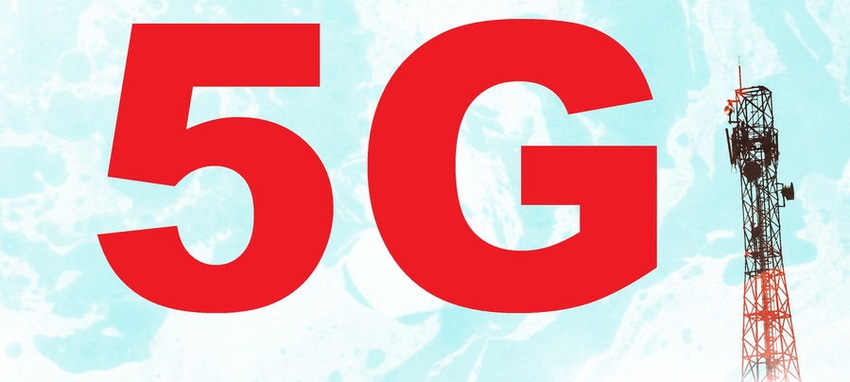Huawei demonstrates 3.6Gbps speeds with new RAN tech
Chinese kit vendor Huawei has claimed another first for 5G by using new radio access technology in a live field environment.
October 7, 2015

Chinese kit vendor Huawei has claimed another first for 5G by using new radio access technology in a live field environment.
In collaboration with Japanese mobile operator NTT DoCoMo, Huawei says it has successfully conducted large-scale field testing of multi-user MIMO for the first time, and also the first time that Sparse Code Multiple Access (SCMA) and Filtered OFDM (F-OFDM) have been used and assessed in a live environment.
According to the vendor, 24 user devices in a macro-cell environment were concurrently connected on a sub-6GHz frequency – and by utilising MU-MIMO it claimed peak download speeds of 1.34Gbps. Taking the trial further onto a 100MHz ultra-wide band channel, it then clocked massive download speeds of 3.6Gbps, currently more than three times faster than Korea Telecom’s Giga-LTE service and more than 10 times faster than speeds being achieved in places by LTE-A.
While it seems though world ‘firsts’ for 5G are happening every other day, achieving such rapid speeds in field environments indicates that progress is being made, and that realistically attaining download speeds worthy of the 5G tag is possible. There remains little-to-no benchmark or standard for what qualifies as 5G yet, although work is being conducted across the world in multiple standardis bodies to begin clarifying the steps required from the industry.
Huawei plans on having standardisation and a pilot network with partners in place for 5G by 2018, with 2019 targeted for interoperability testing ahead of live commercial launches in 2020, as elaborated upon by Dr. Wen Tong, CTO of Huawei’s Wireless Networks division.
“This joint field trial represents a significant advance toward fulfilling Huawei’s commitment to developing 5G technology standards before 2018,” he said. “Results like these show we are making rapid progress and are on the right path. I am confident that what we have learned here will be reflected in even more innovative technological advances as we continue working on 5G research.”
The entire field trial was, Huawei claims, live streamed by video to its booth at the CEATEC Japan 2015 in Chiba. The next phase of the field trial will be taking place in Japan, according to Takehiro Nakamura, who heads up NTT DoCoMo’s 5G Lab.
“As the first in the world to succeed with such a large multi-user environment test, this is an important milestone,” he said. “This is very encouraging as the industry works to commercialise 5G by 2020. Both Huawei and DoCoMo teams have made tremendous efforts. I look forward to even more impressive results when we move to the next phase of field trial in Japan.”
What will be the most important 5G technology?
IoT support (20%, 65 Votes)
Self-organising networks (13%, 43 Votes)
Spectral efficiency (11%, 34 Votes)
Millimetre wave (9%, 29 Votes)
Massive MIMO (9%, 29 Votes)
Full duplexing (7%, 22 Votes)
NFV (7%, 22 Votes)
Unlicensed spectrum (7%, 21 Votes)
SDN (7%, 21 Votes)
Beamforming (6%, 20 Votes)
HetNets (5%, 15 Votes)
Total Voters: 321
About the Author(s)
You May Also Like











_1.jpg?width=300&auto=webp&quality=80&disable=upscale)


.png?width=800&auto=webp&quality=80&disable=upscale)